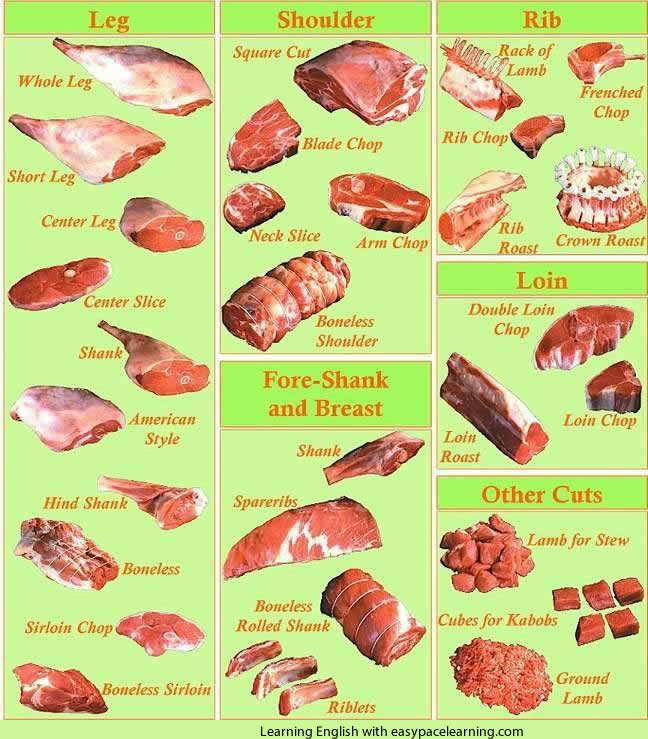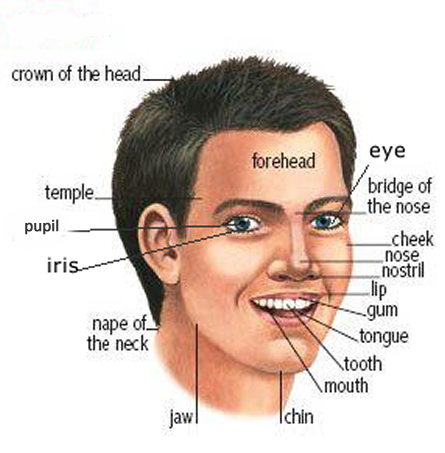14 Methods for Improving Your Spoken English Without a Speaking Partner
1. Think in English.
Sometimes the difficult thing about talking in a new language isn’t the language itself, but how you think about it.
If you think in your native language and then try to speak English, you’ll always have to translate between languages. Translating isn’t an easy thing to do! Even people fluent in two or more languages have trouble switching between languages.
The solution is to think in English.
You can do this anywhere, anytime. Try to use English when you’re thinking about your day, or when you’re trying to decide what food to order. Even try to use an English to English dictionary to look up words. That way you never have to use your native language and translate words. You’ll notice that when you think in English, it’s easier for you to speak in English.
2. Talk to yourself.
Whenever you’re at home (or alone somewhere else) you can practice your English with your favorite person: yourself.
If you’re already thinking in English, try speaking your thoughts out loud. Read out loud, too. Practice is practice, and even if you don’t have anyone to correct your mistakes, just the act of speaking out loud will help you become more comfortable speaking English.
3. Use a mirror.
Whenever you can, take a few minutes out of your day to stand in front of the mirror and speak. Choose a topic, set a timer for 2 or 3 minutes and just talk.
The point of this exercise is to watch your mouth, face and body language as you speak. It also makes you feel like you’re talking to someone, so you can pretend you’re having a discussion with a study buddy.
Talk for the full 2 or 3 minutes. Don’t stop! If you get stuck on a word you don’t know, try expressing your idea in a different way. You can always look up how to say that word after the 2-3 minutes end. This will definitely help you find out what kinds of words or sentences you have trouble with.
4. Focus on fluency, not grammar.
When you speak in English, how often do you stop?
The more you stop, the less confident you sound and the less comfortable you become. Try the mirror exercise above, but challenge yourself to speak without stopping or stammering (taking pauses between your words) the entire time.
This might mean that your sentences won’t be grammatically perfect, and that’s okay! If you focus on speaking fluently instead of correctly, you’ll still be understood and you’ll sound better. You can fill in the correct grammar and word rules as you learn them better.
5. Try some tongue twisters.
Tongue twisters are series of words that are difficult to say quickly. One example is: “The thirty-three thieves thought that they thrilled the throne throughout Thursday.” Try saying this a few times! It’s not easy.
Word games like this will help you find the right placement for your mouth and tongue, and can even help your pronunciation. Y
6. Listen and repeat.
Do you watch TV shows or YouTube videos in English? Use them to improve your fluency. Choose a short part of a show and repeat it line by line. Try to match the tone, speed and even the accent (if you can). It doesn’t matter if you miss a few words, the important thing is to keep talking. Try to sound just like the native speakers on the show.
7. Pay attention to stressed sounds.
English uses stresses in words and sentences. That means you’ll need to stress, or emphasize, certain words and syllables (sounds) to give words and sentences different meanings.
Listen to where native speakers place the emphasis when they speak. Try to repeat it the same way.
This won’t only help you speak well, it might even reduce misunderstandings. Sometimes the placing the stress on the wrong syllable completely changes the word. The word ADdress, for instance, isn’t the same as the word adDRESS. ADdress refers to a physical location where someone lives, and adDRESS means to formally speak to a group of people.
Learn to hear the difference!













